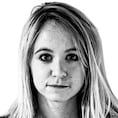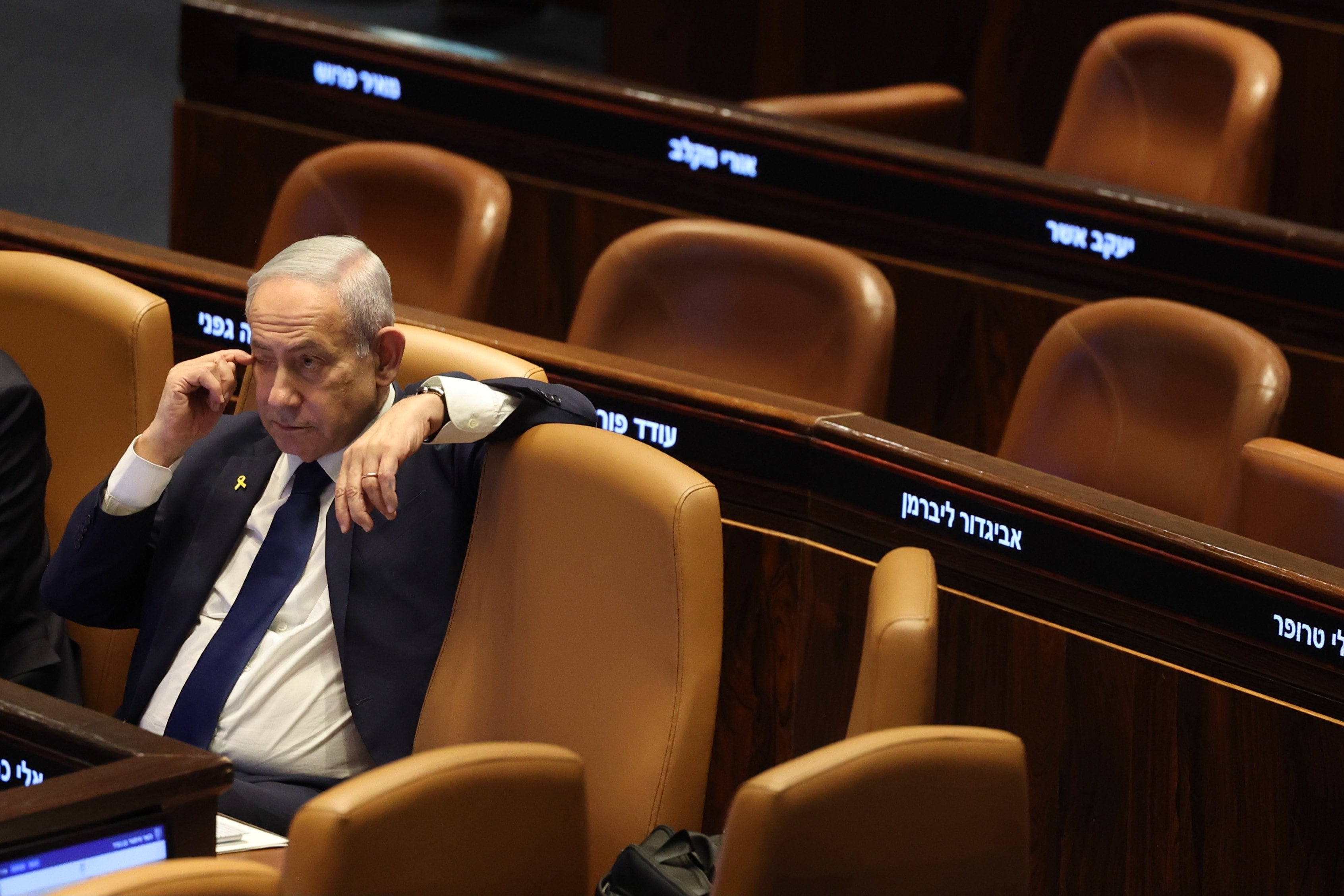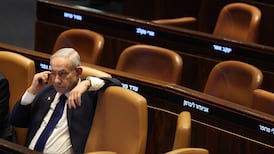The atmosphere was quiet, but not calm, in the village of Ain el Delb, rescue operations having wrapped up the day before. Just over a week earlier, an apartment building was levelled by Israeli missile strikes, killing at least 45 people. That not every victim had been found was suggested by the painful smell hanging over the site, still scattered with family photos, stuffed toys, clothing and other mementos of the dead.
Among those killed was Julia Ramadan, a student who volunteered bringing food to displaced people. The 28-year-old had reportedly moved from Beirut to be with her family, believing she would be safe there. Her brother said both Ramadan and his mother suffocated when the building collapsed.
The Israel Defense Forces (IDF) – which says its fight is with militant group and political party Hizbullah, not with the Lebanese people – did not respond to a request about what or whom it was targeting in Ain el Delb. But questions of proportionality have been constantly raised in relation to Israeli military action in both Gaza and Lebanon. International humanitarian law forbids harm to civilians, or their property, that is “excessive in relation to the expected military advantage”.
Ain el Delb is close to Saida, or Sidon – an ancient Phoenician city and Lebanon’s third largest – set about 40km south of the capital and 60km from the border with Israel.
READ MORE
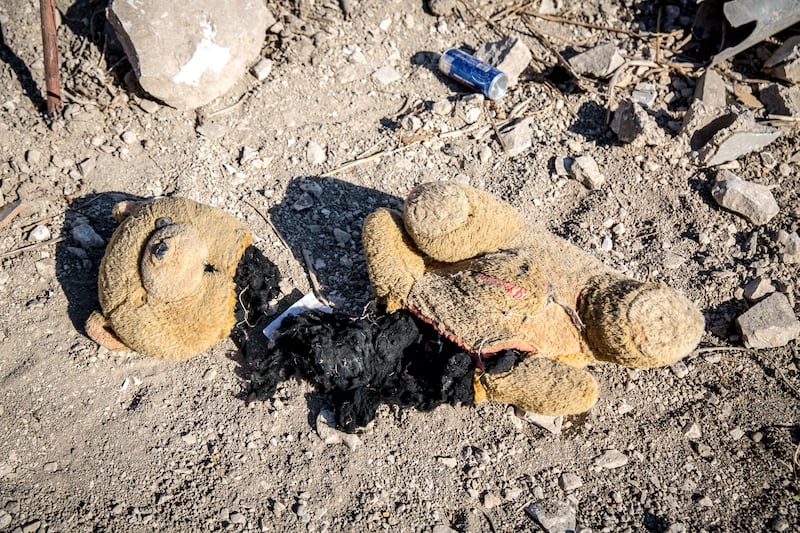
While more than 100,000 people had already been displaced by Israeli attacks in the south before the current escalation, the past fortnight has seen Saida filling with new people escaping aerial bombardment and the more recent ground invasion. Since September 16th, at least 1,471 have been killed nationwide, Lebanon’s health ministry says, while more than one fifth of the population have been forced from their homes.
As Israel continues to wage one of the most intense aerial assaults in contemporary warfare, with the stated aim of getting its own displaced people back home, many Lebanese worry that soon nowhere will be safe.
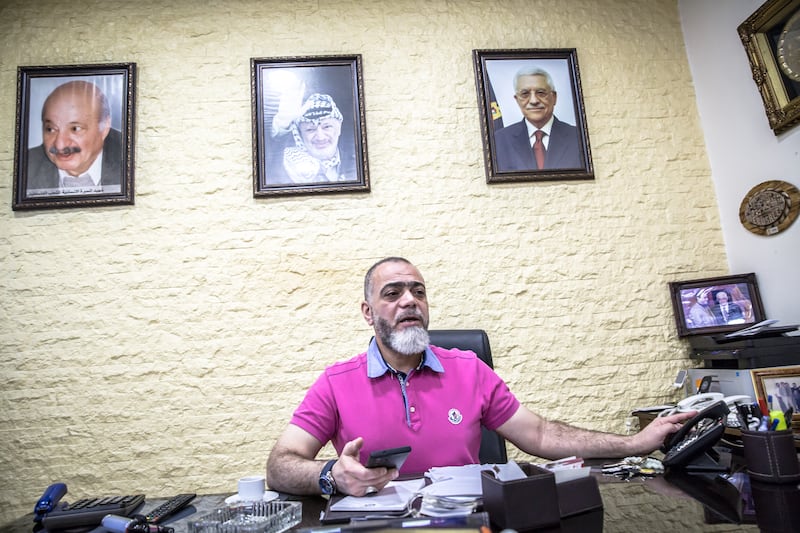
Al Hamsharie – one of multiple hospitals in Saida – is in emergency mode. On September 17th, the day that exploding pagers distributed among Hizbullah members injured thousands, the hospital received 80 injured people and 23 dead bodies, hospital director Riad al Aynin said.
Since then, they have treated 30 people wounded by air strikes and received at least 34 more already dead. Most victims came from close to Saida, Aynin said, and some from further south.
On Friday, staff were treating four people with air strike injuries. One had intracranial bleeding; a second, with fractured bones, was in the intensive care unit; the others had abdomen and head damage. Aynin expects that the patient load will increase due to “a change in the strategy of the air strikes. Now, they are targeting the civilians”.
Recently, most of the victims he has seen have been children, Aynin said. Last week Unicef put the likely number of children injured by Israeli attacks at more than 690 in six weeks; in just 11 days, more than 100 children were killed, according to Lebanon’s health ministry. An IDF spokesman said: “In stark contrast to Hizbullah’s intentional attacks on Israeli men, women and children, the IDF follows international law and takes feasible precautions to mitigate civilian harm.”
The sad reality of the ongoing Israeli assault is that some bodies arrive to Aynin’s hospital in pieces. An attack on the nearby Palestinian camp of Ain el-Hilweh targeted Munir al-Maqdah, a brigadier general in the Al-Aqsa Martyrs Brigade. Seven civilians were killed instead, some of them al-Maqdah’s family members, while two children remain in a critical condition, Aynin said. Al-Maqdah’s wife was identified by a section of her hair, he added.
Following that “massacre”, Aynin was asked to provide a death certificate for another child, “but there was not any piece of him”. The family continued searching until, just last Thursday, he said, “they found some pieces of [their child], so we issued that paper”.
He described another family combing through hospital morgues for a missing man. “At that time we were having 19 or 20 dead bodies. We went through the morgue and looked at those who were burned.” One corpse that was “fully burned, black” had similar facial contours to the missing man. The identification was done.
Aynin said that medics in organisations affiliated with Hizbullah, and the Shia-backed Amal Movement, are definitely being targeted, despite affiliated medics still having protection under international law unless they are actively participating in hostilities.
The IDF last week accused Hizbullah of using rescue vehicles to transport combat equipment, telling medical teams to stay away from Hizbullah “elements”, but it was not clear what evidence this was based on. Given that the IDF says it is specifically targeting Hizbullah, the warning could be interpreted as ordering medics not to respond to air strikes at all, which lawyers say could also be contrary to international law.
Last Thursday, Lebanon’s health ministry said at least 40 paramedics, firefighters and healthcare workers had been killed by Israeli attacks within just three days. The Israelis “don’t differentiate between civilian or military or health organisations,” Aynin said – claims the IDF denies.
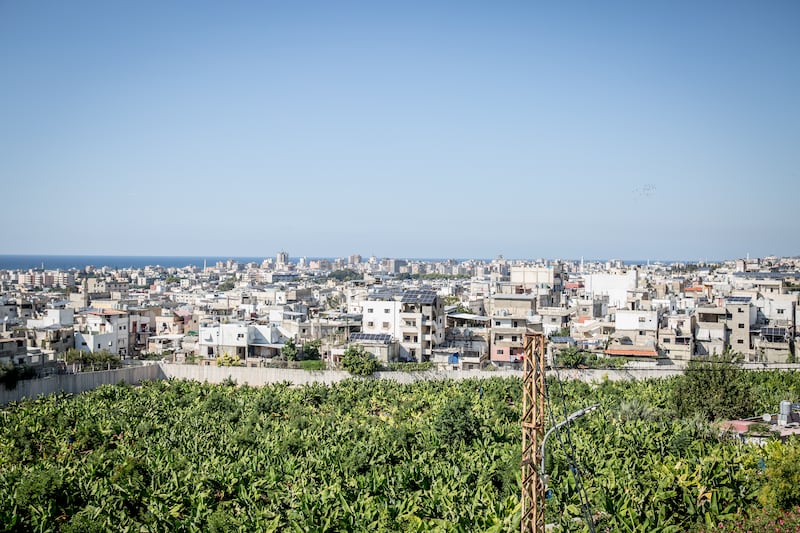
Jawad Abdallah (16), was driving his motorbike in the southern district of Nabatieh at the end of September when a rocket landed close by, throwing him into the air. He broke his wrist and arm, dislocated his shoulder, and had cuts all down his body. The pain was debilitating, but nearby hospitals were “overloaded with injuries”, recalled his mother, Manol Moussa Saleh. Saida is just a 30-minute drive from Nabatieh in peacetime, but the roads are now dangerous. Saleh, Abdallah and his brother eventually managed to travel in a Red Cross ambulance. The teenager was treated in hospital and the family have been staying with friends in the city since.
As he recounted his ordeal, Abdallah slouched in pain, his arm in a sling, while 35-year-old Saleh, it became clear, was in mourning. The day after her son’s injury, her mother, 53-year-old Faten Bdierr, died at home after another air strike. Her heart was weak, Saleh said – she believes the shock from the blast threw her mother across a room, causing a heart attack.
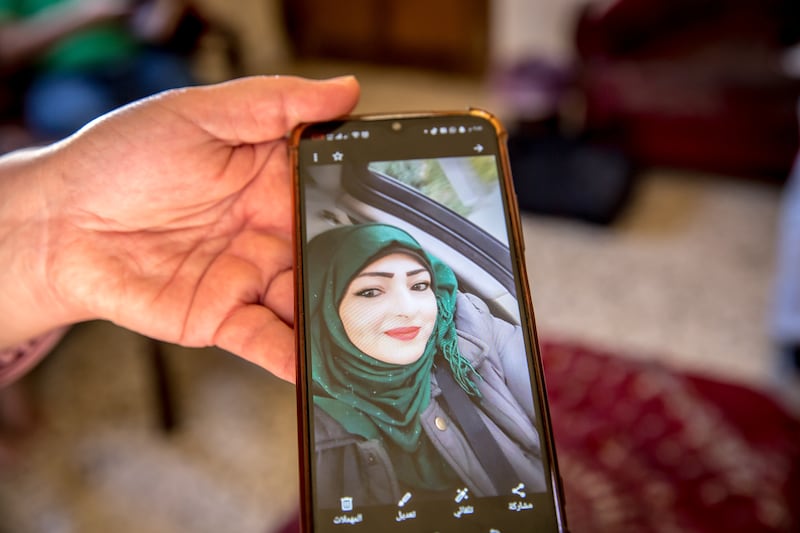
Neither Israeli strike was targeting anything related to Hizbullah, Saleh argued, echoing a common complaint among Lebanese civilians that Israel hits anyone in locations perceived as Hizbullah-supporting. “They are targeting all civilian people, even [in] the building near us a lot of children got killed.”
Israel’s ground invasion, which began last week, now involves three divisions of the Israeli military. Through the medium of X, the IDF regularly issues new evacuation orders for towns and villages in southern Lebanon. It has instructed citizens to move north of the Awali river, putting most of Saida off-limits.
Despite an evacuation order there and the clear risk it brings, Saleh said her husband will not leave their Nabatieh home. “There are so many reasons to stay,” she said. “Men don’t like to leave. Even if they’re not related to Hizbullah, he’s a man, [he says] ‘I’m not scared of Israel’.” Besides that, Saleh and her sons are sheltering with female friends, and culturally it would be uncomfortable for her husband to come there, she emphasised.
Saleh is also hopeful that she, too, can return home in the near future. “I heard a lot of people say the war will end soon and I’m planning to move back to my house and village.”
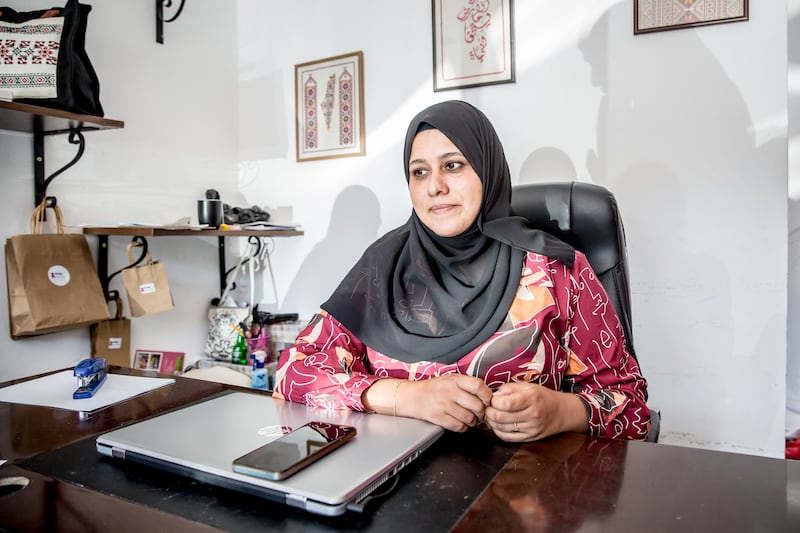
In contrast, Saida local Zainab Jumaal anticipates “blackness”.
“I’m not predicting any good thing will happen,” said the director of the Saida-based Zaintuna Association for Social Development. Bombing sounded intermittently in the distance as she spoke, while the aroma of cooking wafted into the room. The building next door had become a kitchen, with Zaintuna workers cooking for about 130 displaced families each day.
They are focusing on people living outside the official shelters, who are staying with friends, relatives, or even strangers, Jumaal explained. “They need mattresses, blankets, they don’t have kitchen equipment to cook, diapers for children and sanitary products for women ... They are fully depressed, they feel very afraid and scared.”
Soon, Jumaal expected, she might be forced to leave her own home behind too – she has already prepared her bags, legal papers, and packed extra clothes for her 15-year-old son and 10-year-old daughter.
“Everyone here was not expecting that Israel would attack like this,” she said mournfully. “We are still safe in Saida but I think in the next weeks we will not be here. We will all die or we will be displaced.”
- Sign up for push alerts and have the best news, analysis and comment delivered directly to your phone
- Find The Irish Times on WhatsApp and stay up to date
- Our In The News podcast is now published daily – Find the latest episode here

